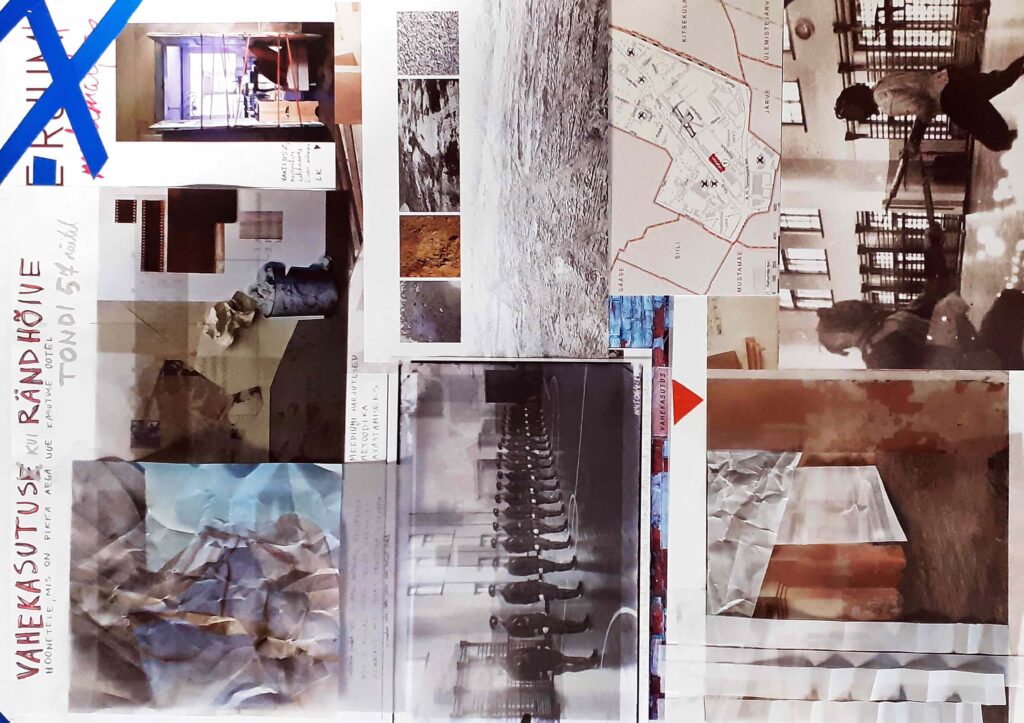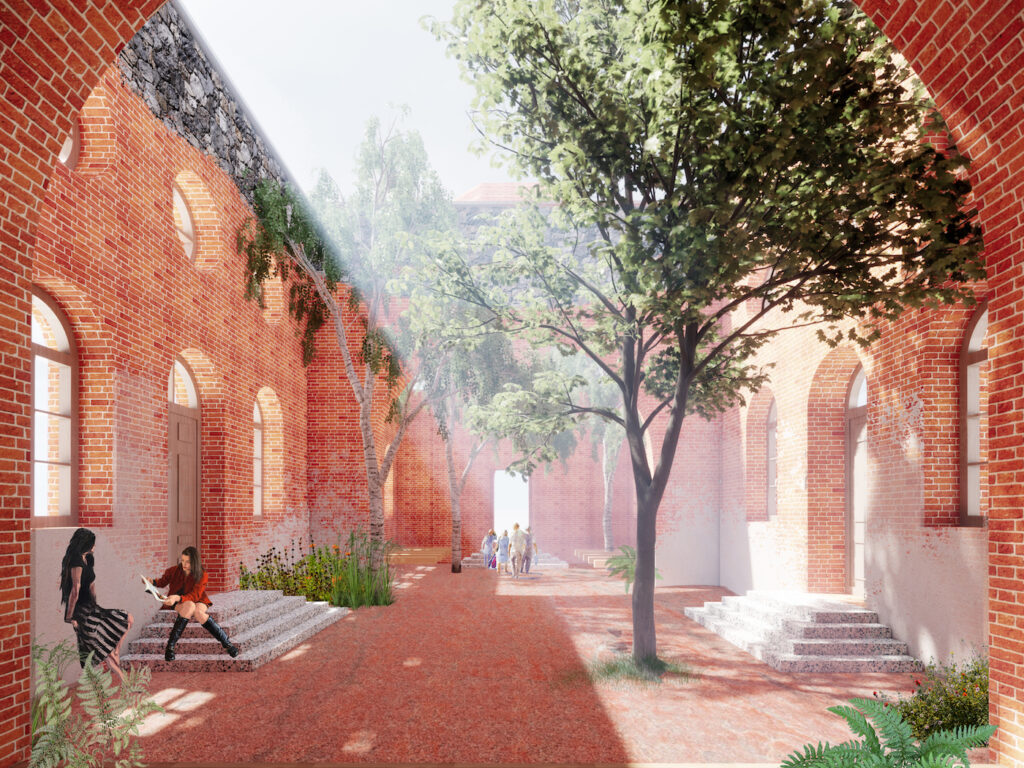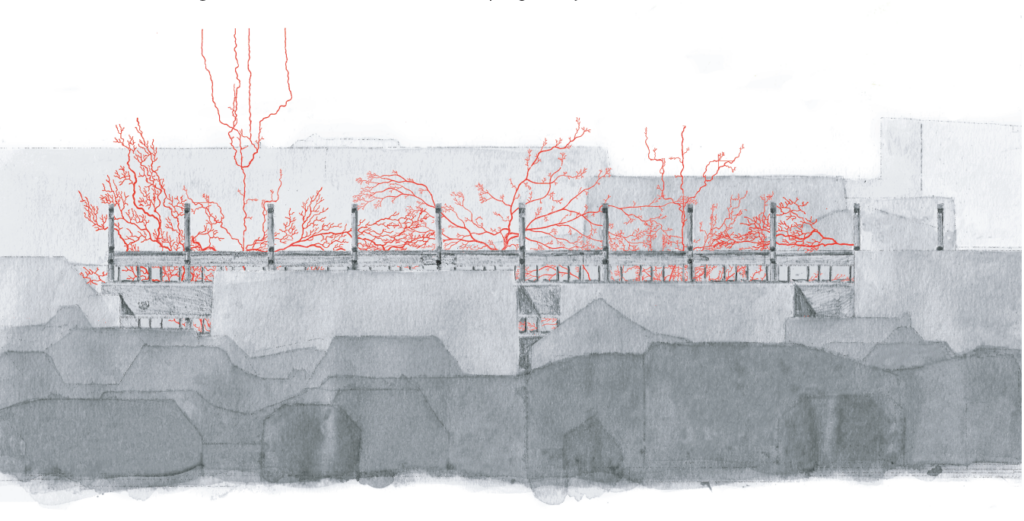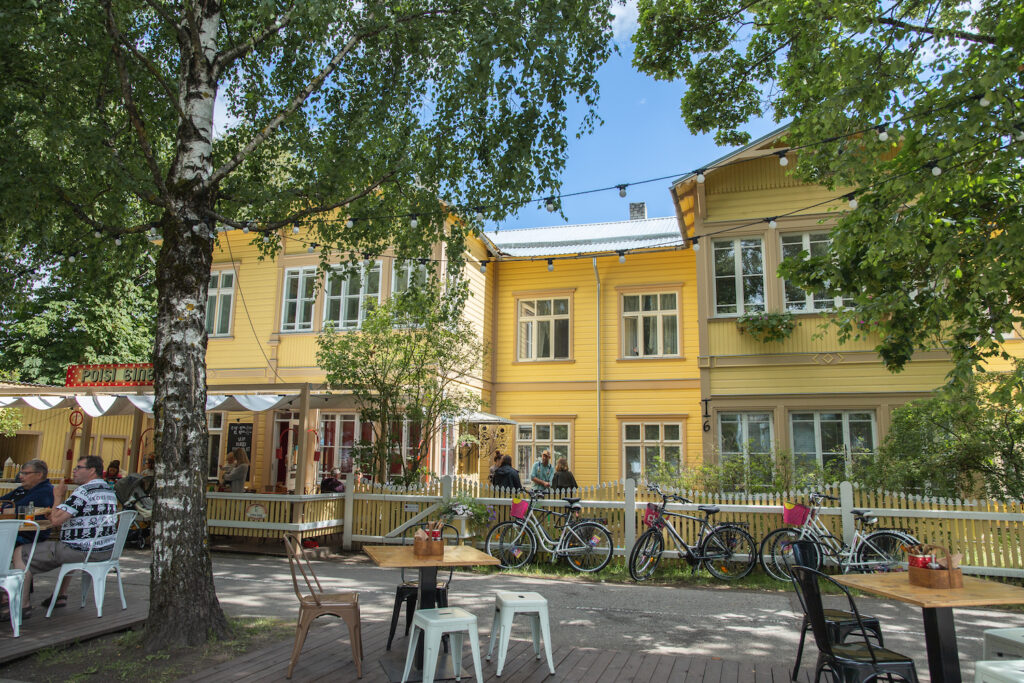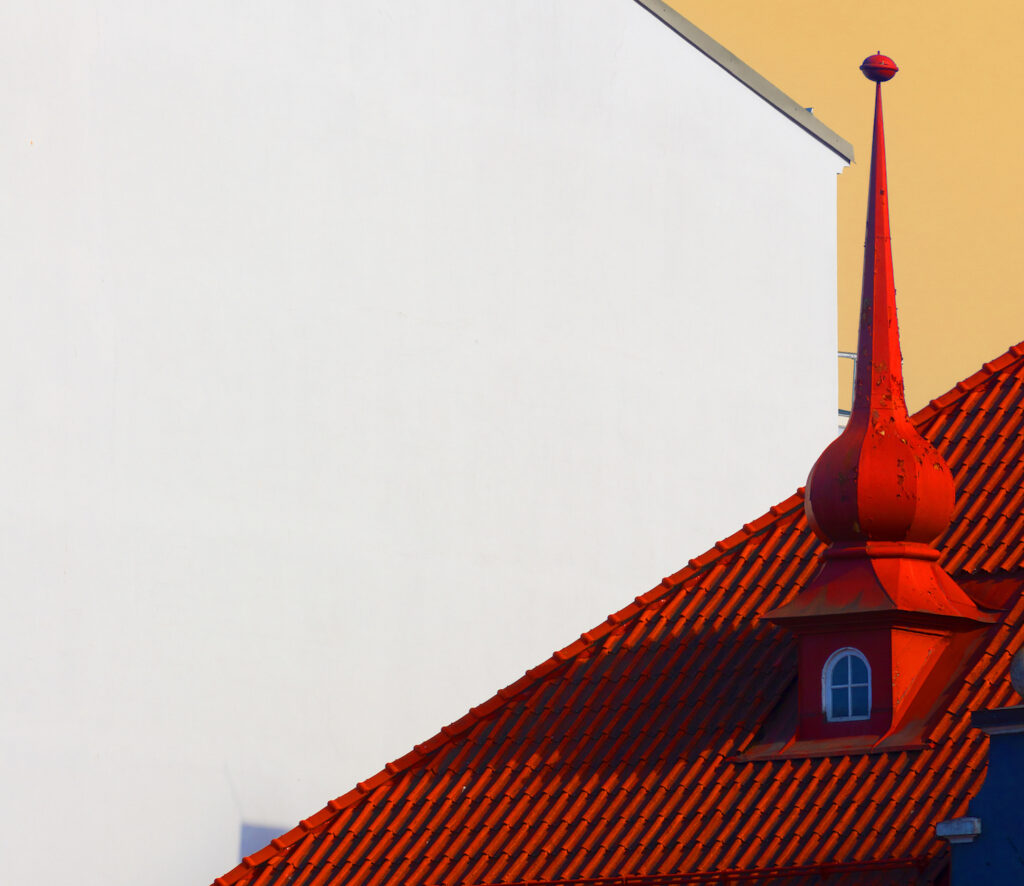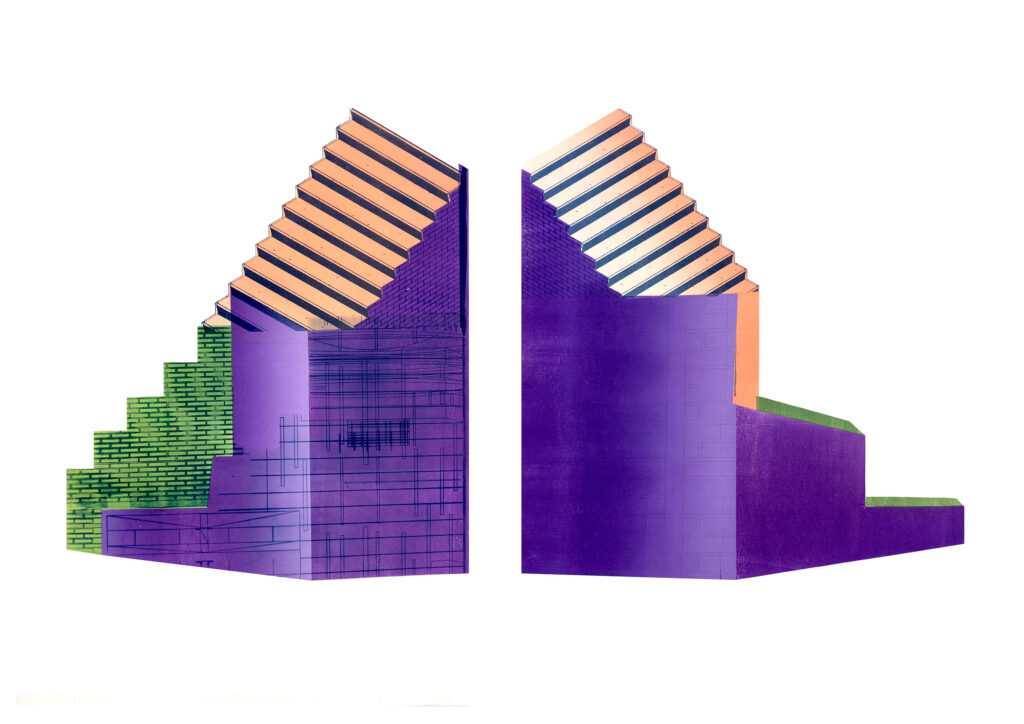Summer-autumn 2022: Built Heritage and Modern Times
How can we explore the authenticity of interior space? Semele Kari moves to a barrack at Tondi and describes a pop-up interior architecture office inhabiting the desolate spaces as a methodology with the aim of finding the most suitable upgrade for them.
An AI called Midjourney has been used in creating the illustrations which only input was free-format text. As a result, the algorithm synthesised an image that could be called unique. These illustrations stemmed from a question on how to describe routine spatial solutions and objects only by means of their function and properties. How might the image produced by the algorithm differ from the architectural element that has already solidified in history?
Lihula is a small town where every new business can potentially shift the focal point. The competition ‘Great Public Spaces’ dedicated to the 100th anniversary of the Republic of Estonia focused on the historical axis and main street of the town–Tallinn Road. Our competition entry ‘Hõbelauk’ aimed at diversifying the street space and highlighting the mysterious local spatial potentials. We wished to allow every new potential to rise and shine thus enhancing the appearance and also natural disappearance of various places.
How should we define heritage in a paradoxical situation where both the building and its surroundings could be regarded as heritage objects? Our editorial board asked architects to muse on the future of the building.
The field of spatial heritage comes with a kaleidoscopic array of concepts that connect the subject with issues such as the climate crisis, reuse, architecture and urbanism. The used terms need to be clarified and made more familiar.
A building with a strong character is easy to hate. Or to love. Take, for example, Tallinn City Hall—few are indifferent to it. Many see the City Hall as an ingenious artificial landscape and urban stage, while others consider it a relict of the Soviet occupation that is unfit for a free Estonia, just like the Sakala Centre that was demolished in 2007. There are many other lesser or better known buildings from the Soviet period that are architecturally ambitious, but unacceptable to many for aesthetic or ideological reasons.
The purpose of the study1 on the patterns of shrinking was to use data from electricity consumption and population register to find out the places and types of buildings in Estonia that are emptying, and to encourage discussion about the possibilities and responsibilities of property owners and municipalities in adapting the housing economy.
In the last five years, one hot topic for experts in the field of green transition, which has been cropping up at international conferences as well as on the desks of pertinent officials, is the handling of spatial heritage.
What kind of relationship between a space and its surroundings would help to avoid the objectification of space—i.e., treating buildings or areas as sculptures or fully controllable objects?
Paide State Secondary School is an excellent example of the mutually complementary dialogue between a historical space and contemporary architecture.
Postitused otsas

